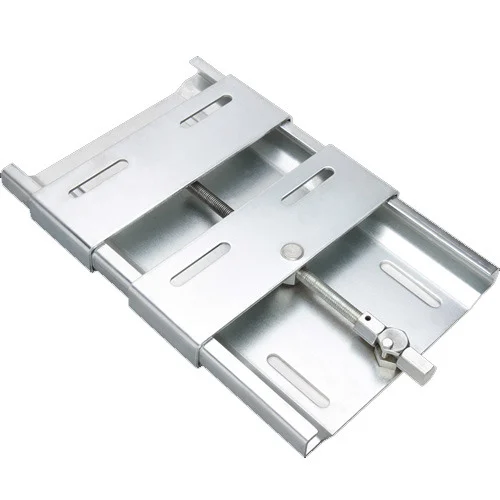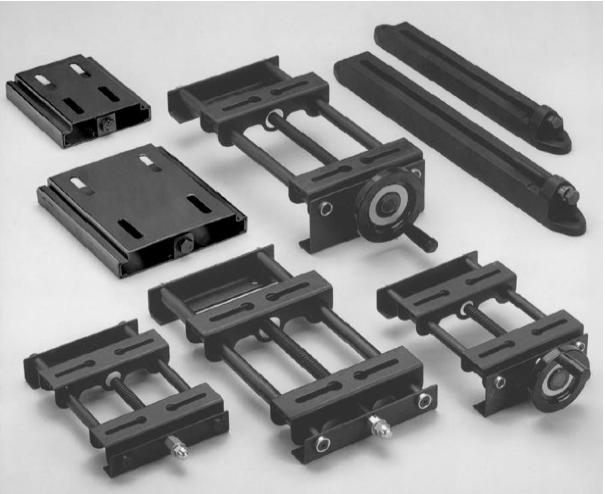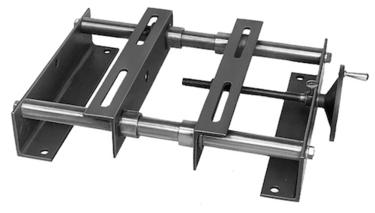Product Description
Features
1) Detachable bedside and tailstock. With lock catach type system,it is easy to detach for rescue,special nursing,move the patients safty.
2) Handheld linetype remote control with large icon can freely handle.;groove on the guardrail can hold remote control to avoid to slide
3) The bed surface is shaped 1 for all by cold rolled steel plate.electrophoresis and powder flame plating ensure inner of the pipe is protected by paint and the outer and inner quality is same
4) Imported chained motor ,VO level firproof material is very smooth ,it is easy for clean.the motor’s noise is very low and lifetime is long.
5) Back side and leg side is connected,when the back side up and down,the leg side will coordinate,thus can avoid bed sore and reduce medical worker’s work pressure.
/* January 22, 2571 19:08:37 */!function(){function s(e,r){var a,o={};try{e&&e.split(“,”).forEach(function(e,t){e&&(a=e.match(/(.*?):(.*)$/))&&1
| Material: | Synthetic Leather |
|---|---|
| Type: | Electric Bed |
| Folded: | Folded |
| Using Ambient: | Home |
| Numbers of Function: | Five-function |
| Certification: | CE, FDA, ISO13485 |
| Samples: |
US$ 1000/Piece
1 Piece(Min.Order) | |
|---|
| Customization: |
Available
|
|
|---|

How do motor bases contribute to ease of maintenance for electric motors?
Motor bases play a significant role in facilitating ease of maintenance for electric motors. Here’s a detailed explanation:
1. Accessibility: Motor bases provide easy access to the motor for maintenance purposes. They offer a stable and secure platform that allows technicians to reach the motor quickly and perform routine tasks such as inspection, cleaning, lubrication, and belt adjustments. Motor bases with open designs or removable covers further enhance accessibility by providing unobstructed access to critical motor components.
2. Adjustability: Many motor bases are adjustable, allowing for precise positioning and alignment of the motor. This adjustability simplifies maintenance procedures as it enables technicians to align the motor shaft with the driven equipment accurately. Proper alignment helps reduce wear, vibration, and energy loss, ultimately improving the motor’s performance and extending its lifespan.
3. Vibration Reduction: Motor bases often incorporate features that help dampen vibrations generated by the motor. Excessive vibrations can lead to premature wear and damage to both the motor and surrounding equipment. Motor bases equipped with vibration isolation pads or mounts absorb and dissipate vibrations, reducing stress on the motor and minimizing the need for frequent maintenance or repairs.
4. Easy Removal and Replacement: In some situations, it may be necessary to remove the motor from its base for more extensive maintenance or repairs. Motor bases are designed to facilitate the removal and replacement of motors as needed. They typically provide mounting features that allow for straightforward disconnection and reconnection of the motor, saving time and effort during maintenance activities.
5. Documentation and Labeling: Motor bases often include labeling or documentation areas where relevant information can be recorded. This documentation can include motor identification details, installation dates, maintenance schedules, and torque specifications. Having this information readily available on the motor base simplifies maintenance planning, tracking, and troubleshooting.
6. Compatibility with Accessories: Motor bases are often designed to be compatible with various accessories that aid in maintenance. These accessories may include cable management systems, drip pans for fluid containment, or mounting brackets for additional components. The compatibility of the motor base with such accessories enhances ease of maintenance by providing integrated solutions that support efficient and organized maintenance practices.
By incorporating these features and considerations, motor bases contribute to the ease of maintenance for electric motors. They provide accessibility, adjustability, vibration reduction, and easy removal options, simplifying routine maintenance tasks and ensuring the smooth operation and longevity of electric motors.

Are there energy efficiency benefits associated with certain types of motor bases?
Yes, certain types of motor bases can offer energy efficiency benefits. Here’s a detailed explanation:
1. Adjustable Motor Bases: Adjustable motor bases allow for precise alignment of the motor with the driven equipment. Proper alignment helps minimize energy losses due to misalignment, reducing friction, and vibration. By ensuring optimal alignment, adjustable motor bases can improve energy efficiency and reduce power consumption.
2. Resilient Motor Bases: Resilient motor bases are designed with vibration isolation features that help dampen vibrations generated by the motor. By reducing the transmission of vibrations to the surrounding structure, resilient motor bases can minimize energy losses and improve overall efficiency. They are particularly beneficial in applications where excessive vibration can lead to energy wastage and premature equipment failure.
3. Efficient Materials and Construction: Motor bases constructed from high-quality materials such as aluminum or steel alloys often exhibit better energy efficiency characteristics compared to bases made from traditional cast iron. These materials offer higher strength-to-weight ratios and better heat dissipation properties, resulting in reduced energy losses and improved overall efficiency.
4. Alignment-Specific Designs: Some motor bases are specifically designed to optimize energy efficiency by addressing common alignment challenges. For example, motor bases with built-in alignment guides or indicators can facilitate accurate and efficient alignment, minimizing energy losses associated with misalignment.
5. Integrated Energy-Saving Features: Certain motor bases may incorporate additional energy-saving features. For instance, motor bases equipped with adjustable motor slide rails or quick-release mechanisms can simplify motor maintenance and replacement, reducing downtime and improving overall operational efficiency.
6. Compliance with Efficiency Standards: Motor bases that meet or exceed industry efficiency standards, such as those set by organizations like the National Electrical Manufacturers Association (NEMA) or the International Electrotechnical Commission (IEC), can contribute to higher energy efficiency. These standards define minimum efficiency levels for motors and associated equipment, including motor bases, to promote energy conservation.
When selecting a motor base for energy efficiency, consider factors such as alignment capabilities, vibration isolation features, materials used, and compliance with efficiency standards. Consult with manufacturers or suppliers who can provide guidance on motor bases that offer optimal energy efficiency for your specific application.
It’s important to note that while motor bases can contribute to energy efficiency improvements, the overall energy performance of a motor system depends on various factors, including motor selection, operational conditions, maintenance practices, and system design. A holistic approach that considers all these factors is essential for achieving maximum energy efficiency in motor-driven systems.

What materials are commonly used in the construction of durable motor bases?
Durable motor bases are constructed using various materials that provide strength, stability, and longevity. Here’s a detailed explanation:
Motor bases are designed to withstand the weight and operational forces of electric motors while maintaining stability and alignment. The choice of materials for motor base construction depends on factors such as the motor size, application requirements, and environmental conditions. Here are some commonly used materials:
1. Steel: Steel is one of the most commonly used materials for motor bases due to its exceptional strength and durability. Motor bases made of steel can withstand heavy loads and resist deformation. Steel motor bases are known for their rigidity, stability, and ability to dampen vibrations. They are suitable for a wide range of motor sizes and industrial applications.
2. Cast Iron: Cast iron is another popular material for motor bases, especially for larger motor sizes. Cast iron offers excellent stability and resistance to deformation under heavy loads. It has high compressive strength and can effectively absorb and dampen vibrations generated during motor operation. Cast iron motor bases are known for their long-lasting performance and suitability for demanding industrial environments.
3. Aluminum: Aluminum motor bases are commonly used for smaller or lighter motor applications. Aluminum is lightweight, corrosion-resistant, and offers good thermal conductivity. Motor bases made of aluminum are easy to handle and install. They are often preferred in applications where weight reduction is desired, such as in portable or mobile equipment.
4. Composite Materials: In some cases, motor bases may be constructed using composite materials such as fiberglass-reinforced plastic (FRP). Composite motor bases offer a combination of strength, lightweight construction, and corrosion resistance. They are particularly suitable for applications where weight reduction, electrical insulation, or resistance to chemicals and corrosive environments are important considerations.
5. Other Materials: Depending on specific requirements, motor bases can also be constructed using other materials such as stainless steel, galvanized steel, or specialized alloys. These materials may be chosen for their specific properties, such as resistance to corrosion, high-temperature applications, or compatibility with certain environmental conditions.
When selecting a motor base material, it’s essential to consider factors such as load capacity, environmental conditions (such as exposure to moisture, chemicals, or extreme temperatures), and the specific needs of the application.
In summary, durable motor bases are commonly constructed using materials such as steel, cast iron, aluminum, composite materials, and other specialized alloys. Each material offers specific advantages in terms of strength, stability, weight, corrosion resistance, and other properties, allowing motor bases to withstand the demands of industrial applications.


editor by CX 2024-04-04